-
×
 Assessing and Guiding Young Children's Development and Learning
1 × $15.00
Assessing and Guiding Young Children's Development and Learning
1 × $15.00 -
×
 A Heart Ablaze
1 × $2.00
A Heart Ablaze
1 × $2.00 -
×
 Becoming Legal
1 × $4.99
Becoming Legal
1 × $4.99 -
×
 Rocks, Gems, and Minerals
1 × $3.50
Rocks, Gems, and Minerals
1 × $3.50 -
×
 Oh Glory!
1 × $3.75
Oh Glory!
1 × $3.75 -
×
 Stranger Things: Worlds Turned Upside Down
1 × $3.50
Stranger Things: Worlds Turned Upside Down
1 × $3.50 -
×
 The Acrylic Painter
1 × $2.25
The Acrylic Painter
1 × $2.25 -
×
 Paint Watercolors That Dance with Light
1 × $3.25
Paint Watercolors That Dance with Light
1 × $3.25 -
×
 Breaking Free from OCD
1 × $6.24
Breaking Free from OCD
1 × $6.24 -
×
 A New History of Animation
1 × $13.75
A New History of Animation
1 × $13.75 -
×
 From Mindfulness to Heartfulness
1 × $4.49
From Mindfulness to Heartfulness
1 × $4.49 -
×
 A Journey to Victorious Praying: Finding Discipline and Delight in Your Prayer Life
1 × $2.50
A Journey to Victorious Praying: Finding Discipline and Delight in Your Prayer Life
1 × $2.50 -
×
 American Corrections
1 × $7.62
American Corrections
1 × $7.62 -
×
 Gardner's Art Through the Ages: A Concise Global History
1 × $7.12
Gardner's Art Through the Ages: A Concise Global History
1 × $7.12 -
×
 Mirrors of Time
1 × $2.50
Mirrors of Time
1 × $2.50 -
×
 Matrix Reimprinting using EFT
1 × $2.50
Matrix Reimprinting using EFT
1 × $2.50 -
×
 Fundamentals of Sport and Exercise Nutrition
1 × $8.00
Fundamentals of Sport and Exercise Nutrition
1 × $8.00 -
×
 Snow Crystals
1 × $5.74
Snow Crystals
1 × $5.74 -
×
 Choosing Success
1 × $18.13
Choosing Success
1 × $18.13 -
×
 Battlefield of the Mind
1 × $2.50
Battlefield of the Mind
1 × $2.50 -
×
 A Lamp Unto My Feet
1 × $4.25
A Lamp Unto My Feet
1 × $4.25 -
×
 Learn to Quilt with Panels: Turn Any Fabric Panel into a Unique Quilt
1 × $3.00
Learn to Quilt with Panels: Turn Any Fabric Panel into a Unique Quilt
1 × $3.00 -
×
 Introduction to Documentary, Second Edition
1 × $5.25
Introduction to Documentary, Second Edition
1 × $5.25 -
×
 Fit in 10: Slim & Strong-for Life!
1 × $2.25
Fit in 10: Slim & Strong-for Life!
1 × $2.25 -
×
 Cengage Advantage Books: The Speaker's Compact Handbook, Spiral bound Version
1 × $7.37
Cengage Advantage Books: The Speaker's Compact Handbook, Spiral bound Version
1 × $7.37 -
×
 Business Architecture: A Practical Guide
1 × $22.49
Business Architecture: A Practical Guide
1 × $22.49 -
×
 Categorical Data Analysis Using SAS, Third Edition
1 × $19.38
Categorical Data Analysis Using SAS, Third Edition
1 × $19.38
Subtotal: $183.32


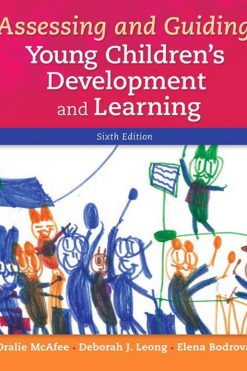 Assessing and Guiding Young Children's Development and Learning
Assessing and Guiding Young Children's Development and Learning  A Heart Ablaze
A Heart Ablaze  Becoming Legal
Becoming Legal  Rocks, Gems, and Minerals
Rocks, Gems, and Minerals  Oh Glory!
Oh Glory!  Stranger Things: Worlds Turned Upside Down
Stranger Things: Worlds Turned Upside Down  The Acrylic Painter
The Acrylic Painter  Paint Watercolors That Dance with Light
Paint Watercolors That Dance with Light  Breaking Free from OCD
Breaking Free from OCD  A New History of Animation
A New History of Animation  From Mindfulness to Heartfulness
From Mindfulness to Heartfulness  A Journey to Victorious Praying: Finding Discipline and Delight in Your Prayer Life
A Journey to Victorious Praying: Finding Discipline and Delight in Your Prayer Life  American Corrections
American Corrections  Gardner's Art Through the Ages: A Concise Global History
Gardner's Art Through the Ages: A Concise Global History  Mirrors of Time
Mirrors of Time  Matrix Reimprinting using EFT
Matrix Reimprinting using EFT  Fundamentals of Sport and Exercise Nutrition
Fundamentals of Sport and Exercise Nutrition  Snow Crystals
Snow Crystals 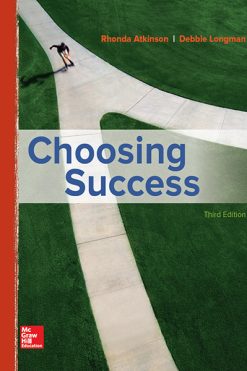 Choosing Success
Choosing Success  Battlefield of the Mind
Battlefield of the Mind  A Lamp Unto My Feet
A Lamp Unto My Feet  Learn to Quilt with Panels: Turn Any Fabric Panel into a Unique Quilt
Learn to Quilt with Panels: Turn Any Fabric Panel into a Unique Quilt 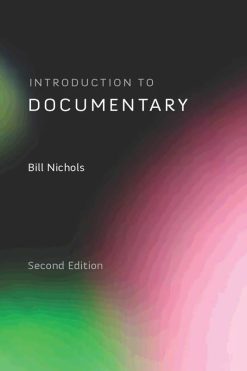 Introduction to Documentary, Second Edition
Introduction to Documentary, Second Edition  Fit in 10: Slim & Strong-for Life!
Fit in 10: Slim & Strong-for Life!  Cengage Advantage Books: The Speaker's Compact Handbook, Spiral bound Version
Cengage Advantage Books: The Speaker's Compact Handbook, Spiral bound Version  Business Architecture: A Practical Guide
Business Architecture: A Practical Guide 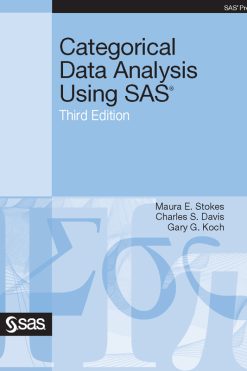 Categorical Data Analysis Using SAS, Third Edition
Categorical Data Analysis Using SAS, Third Edition 

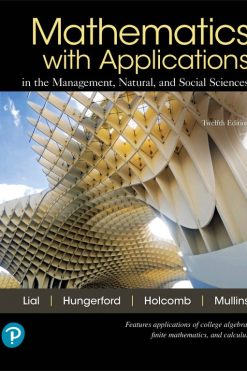




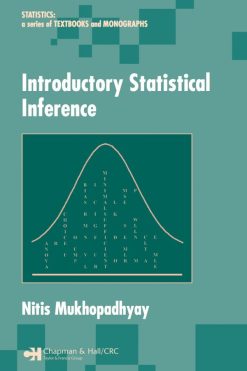


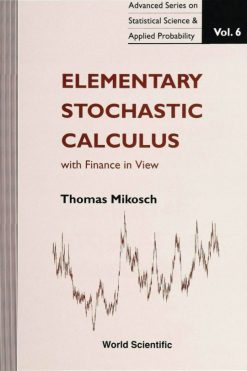
Review Numerical Ecology with R
There are no reviews yet.